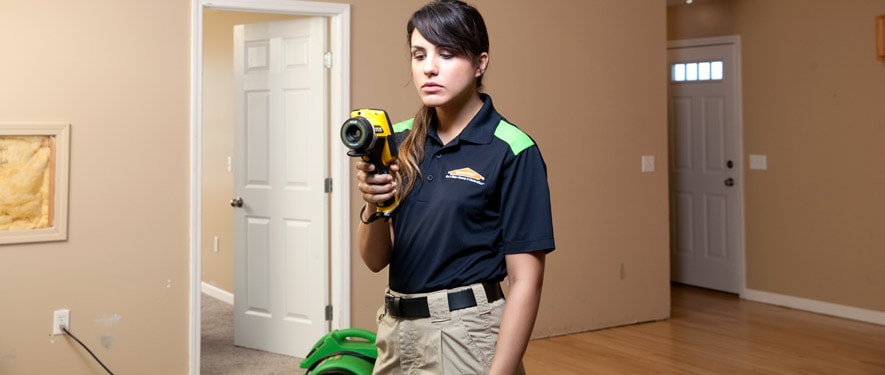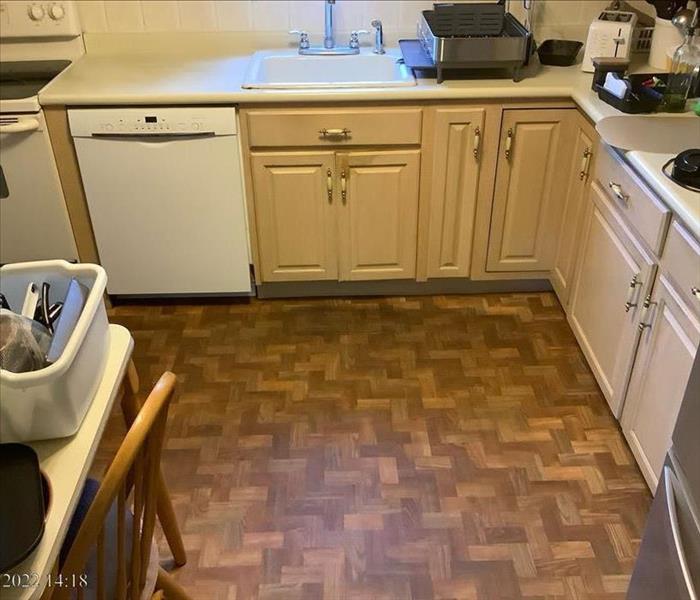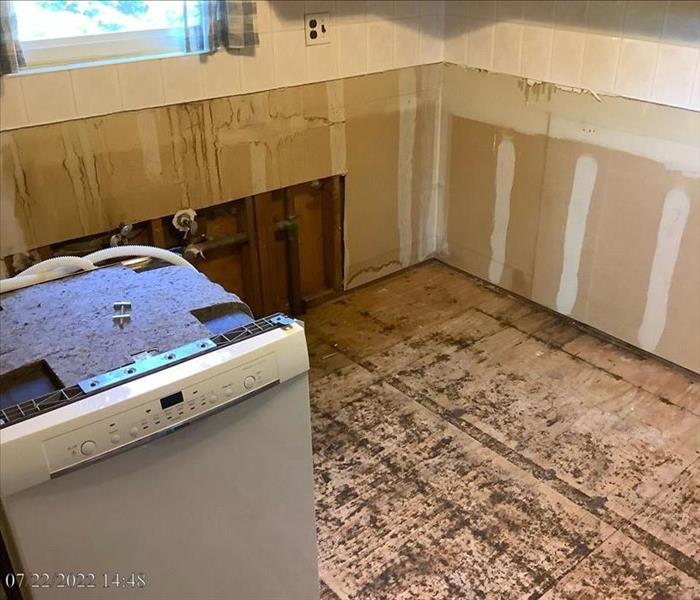
Step 2: Inspection and Water Damage Assessment
Our Water Damage Restoration Process
When SERVPRO of Greater Smithtown is responding to a water damage emergency there is a certain procedure we follow. When the lead technician arrives on site, he does a walk through with the homeowner to see exactly what was damaged. Once the assessment is completed the other technicians will set up a staging area, getting all tools and products necessary to start the mitigation process. The lead technician then goes over all the insurance paperwork with the homeowner and answer any questions they may have. Since we are working directly for the insurance company, they have certain standards that we need to follow. We need to document with photos, we need to take a photo of the front of the structure, the loss site and all affected areas.
Identify and Stop the Water Source
We will check for the source of moisture in your home or business. The source must be stopped before any restoration or drying of the building can be successful.
- Stop the Source
- Check for Contaminated Water
Identify the Type of Water
We will identify the category and classification of water damage to ensure our professionals restore your property based on industry guidelines. The level of contamination of the water will affect the specific restoration processes we use.
- Category 1: "Clean Water"
- Category 2: "Gray Water"
- Category 3: "Black Water"
Survey the Extent of the Water Damage and Inspect the Premises
We inspect and test to determine the extent of damage and how far the moisture has traveled to ensure proper and complete restoration. In addition, we will inspect for safety concerns that may be evident. If there are any safety issues like lead or asbestos, please bring them to our attention.
- Survey Damage
- Complete Safety Inspection
Move or Block Furniture
We move furniture and property contents and block items to help prevent rust or furniture stains on wet carpet.
- Block Furniture






 24/7 Emergency Service
24/7 Emergency Service


